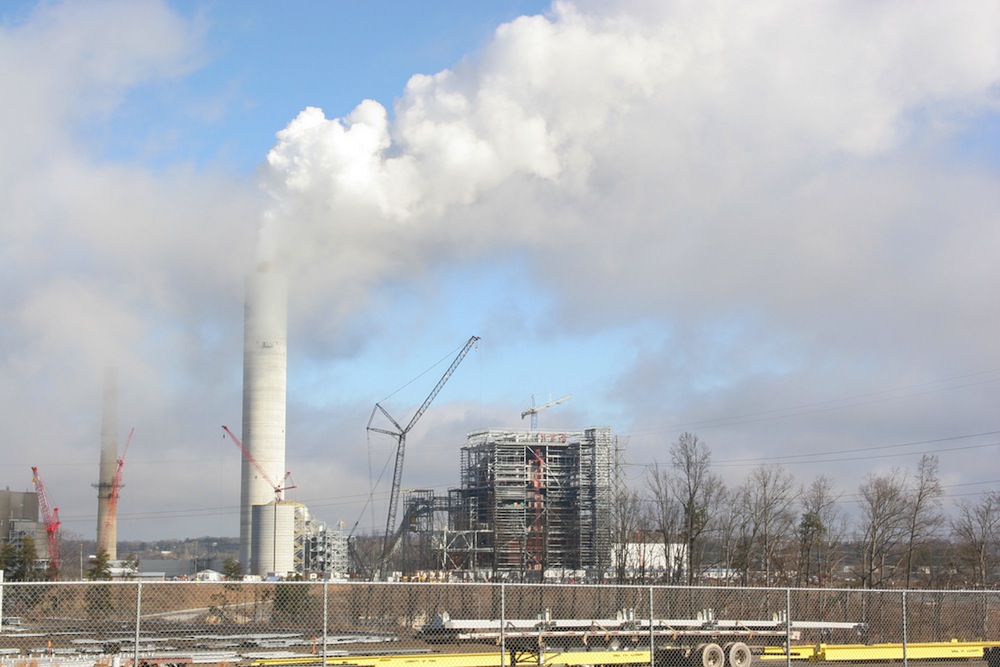In Obama’s climate speech Tuesday, he offered a rousing defense of pollution standards, practically cribbing from this post I wrote in 2009. (Be still my heart!) As expected, he called for the EPA to regulate carbon from both new and existing power plants. But he offered no detail, and nothing in his remarks addressed the stringency of the power-plant rules, which is the heart of the matter.
Nonetheless, we now know a couple of things about the coming regs that we didn’t know before.
First, the timing. As promised in the climate plan [PDF] the White House released, Obama has issued a presidential memorandum instructing EPA to develop power-plant standards. It contains a specific timeline:
- September 2013: Due date for a revised proposal for new-plant standards. (EPA proposed some more than a year ago but recently went back to the drawing board over concerns about legal vulnerability.)
- June 2014: Due date for a proposal for existing-plant standards.
- June 2015: Due date for finalized existing-plant standards.
- June 2016: Date by which states should be required to submit implementation plans.
As I said yesterday, EPA has blown through more than a few deadlines over the years, so these new ones may not mean much. The only deadline that really matters is getting them done while Obama’s still in office.
The second bit of news is nerdier but more significant. And a bit disheartening.
A key part of the initial proposal for new-plant standards was that they treated all power plants alike, as a single class with a common standard — a standard set at roughly the level of emissions of a natural gas plant. Presumably, EPA initially envisioned structuring existing-plant regulations the same way.
In any such scenario, coal loses out. It is, after all, much dirtier than all the available alternatives — if it has to meet their standard, it’s in trouble. Naturally coal utilities and their shills around D.C. don’t like this solution. They want coal and natural gas plants to have separate sets of standards. They threatened to sue (of course, as always).
Apparently EPA got spooked over this. As far as I know, Juliet Eilperin of The Washington Post is the only reporter with this crucial scoop: “The agency will revive the [new-plant] rule in September and will establish separate standards for gas- and coal-fired power plants, as the utility industry had sought, according to people familiar with the agency’s plans who spoke on the condition of anonymity because of the sensitivity of the issue.”
Boo. If this ends up applying to existing-plant rules as well, if gas and coal plants are regulated separately, it’s difficult to see how EPA could use the NRDC’s widely hailed compromise plan. It would have allowed utilities to average standards over their entire power-plant fleet, giving them flexibility in making emission reductions. But there’s no way to do fleet-wide targets if there are separate standards for every fuel source. (Is there? I’m open to being corrected on this.)
If there are no fleet-wide targets, you’re back to the original problem with regulating carbon from coal-fired power plants: there’s nothing between too-small and too-big, firecracker and nuke. You either require some efficiency measures, which is too weak to matter much, or you require carbon capture and sequestration, which is politically untenable, since it would effectively wipe out the U.S. coal fleet (CCS is not financially viable anywhere). There’s no way to reduce carbon from a coal plant a medium amount. Coal just is carbon.
To me this signals that existing-plant standards aren’t going to bite much. I hope I’m wrong.



